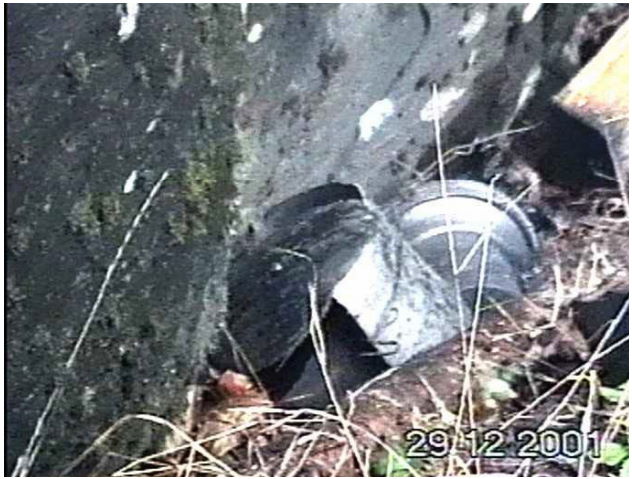On a cold December day in 2001, three men took their truck and drove 50 kilometers east from their village Lia in order to collect firewood. The village of Lia is located in the district of Tsalenjhikha, approximately 320 km north-west of Tbilisi, the capital of Georgia.
Late in the afternoon, after the sun had gone down, the men discovered two curious objects. Lying in the forest path were two metallic cylinders. Around them, the snow had thawed up to a radius of approximately 1 meter, and the wet soil was steaming. The objects were small—about 6 inches tall and 4 inches across—but heavy. One of the men picked one up, but finding that it was hot, dropped it immediately. Encouraged by the unusual but welcome find, the men changed their plans. They decided that since it was getting dark, they would spend the night in the forest and return with the firewood the next morning. They would use the hot cylinders, whatever they were, to keep themselves warm during the frigid night.

The mysterious hot cylinders the men discovered in the forest.
One of the cylinders had holes on the frame. One man used a strong wire, hooked it into the holes and carried the cylinder to an empty spot in the woods behind a large rock. There they lit a fire to prepare dinner. The second cylinder did not have any holes, and the men lifted it with their bare hands and carried it to their makeshift camp for the night. The three men warmed themselves during the night using an open fire on one side and the hot cylinders behind their backs. After dinner, they drank some vodka and were settling down for sleep when they felt sick. They thought it was from the alcohol, even though they each had only about 100 mL. None of the men could get a wink of sleep.
About 3 to 4 hours after the first contact with the mysterious cylinders, the men began to suffer from nausea, headaches, dizziness and vomiting. The vomiting was very intensive and lasted throughout the night. Early the next morning, exhausted from lack of sleep, they loaded only half of the gathered wood into the truck and drove back to their homes.
Late that night, one of the men had repeated diarrhoea. The next day, he went to the village doctor but failed to mention his contact with the mysterious hot cylinders. The doctor assumed intoxication and gave him a shot to treat a possible allergic reaction, and his symptoms disappeared.
Similar accidents:
The Goiânia Radiological Accident
The Radiological Incident in Ciudad Juárez
A week later, all three men began to develop redness, swelling and painful blisters on their backs. After nearly three weeks of suffering, the men were admitted to a hospital in Zugdidi, about twenty kilometers from Lia, where they were diagnosed with acute radiation syndrome. The Emergency Medical Center in Tbilisi was alerted and the patients were transferred to the Institute of Hematology and Transfusiology in the same city.
The mystery cylinders the men had encountered in the forest were Strontium-90 sources that were improperly abandoned in the forest. The radioactive sources were used to power the radio relay system between the Engury hydroelectric station and Hudoni hydroelectric station, which was under construction at the time. The block of Strontium-90 was part of a radioisotope thermoelectric generator (RTG), which is an electrical generator that converts heat released by radioactive decay into electricity. RTGs are typically used as power sources in satellites, space probes and other remote locations. These RTGs were placed in pairs at four substations located in areas where there were no other means of electrical power supply.

After construction of the Hudoni hydroelectric station ended, the radio relay system lost its function and the generators were left without supervision and control. By the end of the 1990s, the generators were disassembled and the radioactive sources were safely disposed, but not all of them. Of the eight radioactive sources originally installed, only six were found. Two of them were missing. The hot cylinders the three men found in the forest were the missing Strontium-90 sources.
Of the three victims, one’s injury was minor and he was discharged after a month of treatment. One was taken to Paris for burn treatment and he was released after nearly one and a half year. The third was severely injured. He was taken to Moscow where he required multiple skin grafts. After more than two years in the hospital, the third victim died of multiple organ failure.

A recovery team acquires the two Strontium-90 sources.
References:
# INTERNATIONAL ATOMIC ENERGY AGENCY, The Radiological Accident in Lia, Georgia, , IAEA, Vienna (2014).



Comments
Post a Comment